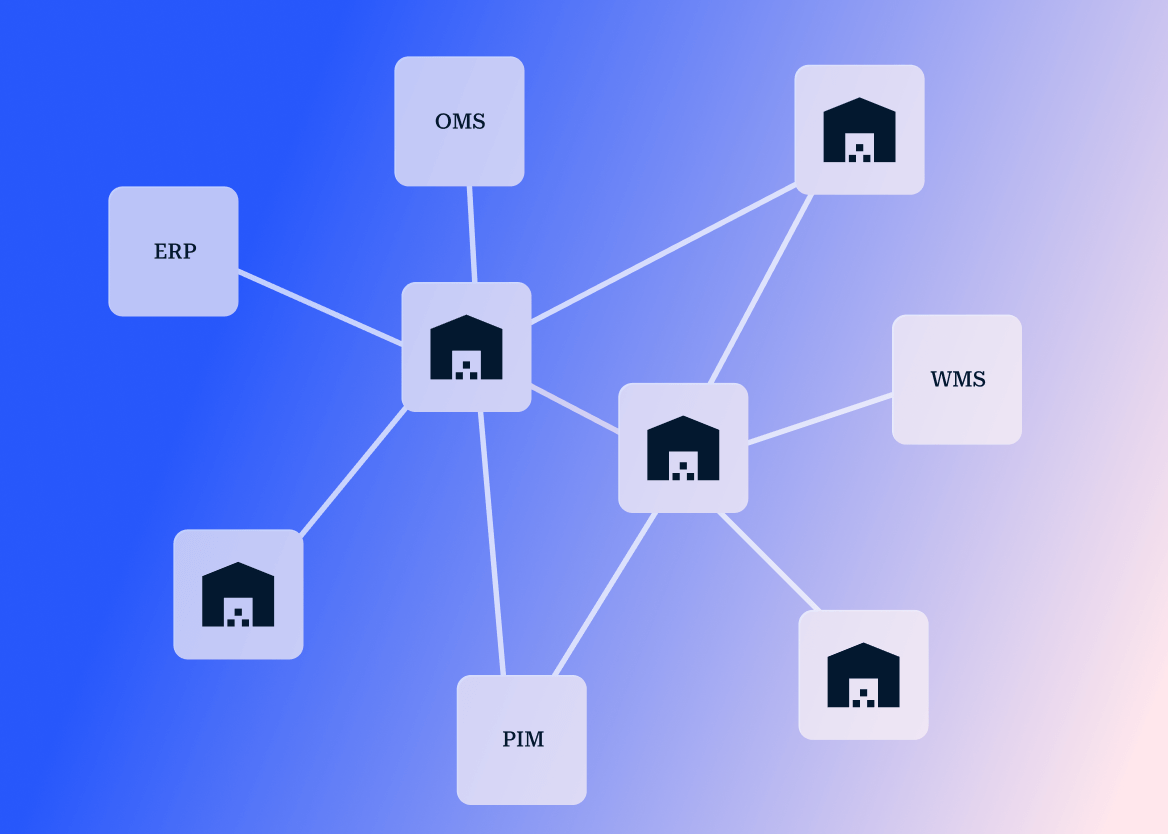How to build a unified customer journey for B2B buyers across multiple business units

The promise of mergers and acquisitions often centers on commercial synergies — the ability to serve customers better by combining complementary capabilities.
Between 70% to 90% of acquisitions fail to meet their strategic objectives, with technology and product integration serving as major barriers to success.
For manufacturers and distributors with multiple subsidiaries, this challenge manifests in a particularly frustrating way: fragmented customer experiences that drive buyers away.
National accounts and key customers who purchase across multiple business units shouldn't have to navigate separate portals, manage different contracts and endure inconsistent support experiences.
When procurement complexity becomes a competitive disadvantage, organizations must move beyond traditional integration approaches to create the unified experiences that modern B2B buyers expect.
The silo problem in B2B organizations
The fragmented landscape facing multi-subsidiary organizations is the result of growth through mergers, acquisitions and organic expansion.
Each new business unit brings its own ERP system, content management system, order management platform and product information management tool, creating a patchwork of technologies that blocks the synergies that justified the investment.
Traditional approaches to this challenge focus on ERP consolidation and ad-hoc integration projects.
While these methods may be necessary for finance, HR and accounting functions, they're inadequate for realizing rapid commercial synergies.
ERP consolidation projects are slow, expensive in the long run and complex to maintain — delaying the commercial benefits that organizations need to justify their M&A investments.
The impact on customer experience is immediate and measurable. Buyers encounter inconsistent product information, availability and pricing across subsidiaries.
They must manage multiple invoicing processes, credit lines and login credentials while navigating different support structures and branding approaches.
For example, a manufacturing company might need industrial equipment from Subsidiary A, complementary products from Subsidiary B and technical services from Subsidiary C — requiring three separate relationships, contracts and invoicing processes for what should be a single supplier relationship.
For procurement teams managing vendor relationships across multiple subsidiaries, the complexity compounds quickly.
Why seamless buyer journeys matter for B2B buyers
B2B buyer expectations have evolved dramatically, driven by consumer-grade digital experiences and the need for operational efficiency.
Today's buyers engage across an average of 10 channels during their purchasing journey, and more than half will switch suppliers if the experience isn't seamless across touchpoints.
The solution to fragmented customer journeys lies in creating an orchestration layer that unifies subsidiary operations without requiring complex system overhauls.
This approach delivers multiple benefits, including:
Quicker commercial synergy realization.
Improved cross-sell revenue opportunities.
Increased average order values.
Reduced cost-to-serve.
Enhanced preparation for future acquisitions.
For buyers, the advantages are equally compelling. Enabling unified experiences for faster purchasing decisions, improved cross-sell and upsell opportunities and increased loyalty through reduced procurement complexity.
Organizations that fail to adapt face significant risks, including lost deals, diminished reputation and the gradual erosion of key customer relationships.
Core steps to unify the customer journey
Creating seamless experiences across multiple business units requires a systematic approach that balances customer needs with operational realities. Here are the key steps:
Map and analyze current buyer touchpoints across all subsidiaries: Identify friction points and inconsistencies that create customer frustration.
Align internal stakeholders around a shared vision: Establish clear metrics for measuring progress and extend beyond technology teams to include sales, marketing, operations and finance leaders who understand both customer needs and subsidiary-autonomy requirements.
Harmonize product catalogs, pricing structures and branding elements: Onboard subsidiaries and their catalog onto one single orchestration layer that connects to any front-end system. This creates consistent front-end experiences and unified data flows.
Automate order, invoicing and payment workflows: The orchestration layer should set up automated splitting and routing of orders to the correct subsidiary, while generating one invoice for the order, regardless of how many subsidiaries are involved. It is equally important to have payment terms set up on a customer-level, rather than subsidiary-level, to ease procurement.
Unified customer intelligence center: Enable a single view of customers across all touchpoints, allowing organizations to track behavior, preferences and purchase history regardless of which subsidiary fulfills the order. This unified customer intelligence becomes the foundation for personalized experiences and targeted cross-sell opportunities.
These frameworks ensure that new acquisitions can be integrated quickly while maintaining the quality standards that customers expect.
Mirakl's role in enabling seamless B2B experiences
Mirakl's Distributed Commerce Orchestration Platform serves as the unified orchestration layer that B2B businesses need to transform multi-subsidiary complexity into seamless customer experiences.
The platform centralizes product catalogs, inventory and pricing across business units while maintaining each subsidiary's operational independence through intelligent order routing and consolidated invoicing.
The path forward
The gap between M&A ambitions and reality represents billions in unrealized synergies for organizations worldwide.
Breaking down silos to create unified customer journeys isn't just about technology — it's about transforming how multi-subsidiary organizations serve their most valuable customers.
With the right orchestration approach, multi-subsidiary organizations can deliver the seamless experiences that buyers expect while preserving the operational independence that makes each business unit successful.
Download the 5-step guide to transform multi-subsidiary complexity into competitive advantage.

Related content

How manufacturers can turn fragmented distribution channels into digital growth engines — without channel conflict

How to scale your dropship supplier network without compromising supply chain reliability
